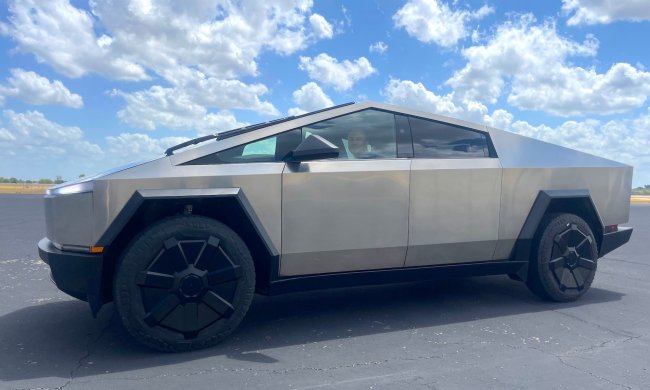Similar to a rule that launched recently in Europe, automakers selling electric and hybrid models in the U.S. now have to equip 50% of their vehicles with a mechanism that makes a sound at slow speeds. Full compliance is expected by September 2020.
The safety measure is to ensure that these so-called “quiet cars” can be heard by nearby pedestrians, cyclists, and the visually impaired.
But now there’s debate over whether to fit electric vehicles with a range of different sounds from which the driver can choose, or just a single one, Reuters reported on Monday.
The National Highway Traffic Safety Administration (NHTSA) said it is considering changing the current rule of limiting sounds to a single noise after receiving a petition from automakers who want to offer a variety of sounds. The driver would then be able to select what they deem to be the most suitable sound for their vehicle to emit when it is moving along slowly.
The NHTSA is also looking at the idea of placing an upper limit on the number of sounds that can be offered, adding that it’s seeking the views of the public to help it arrive at a decision.
Because electric vehicles lack the noisier internal combustion engines that power gas and diesel vehicles, they can be hard to hear at low speeds. The recently enacted rule means that electric and hybrid vehicles weighing up to 10,000 pounds will have to make an artificial sound, transmitted through a speaker fitted to the car, at speeds of up to 18.6 miles per hour (30 kph). Above this speed, tire noise and wind resistance are considered to be loud enough for others on the road to hear.
If automakers gain the freedom to add a variety of sounds to their vehicles, it’ll certainly be interesting to see what kind of noises they come up with.
For its concept Ami One electric vehicle, Citroën took the creative route by incorporating a sound it described as “organic music blending male and female voices” that changes according to the car’s speed. While a pedestrian might think it’s a choir in the vicinity rather than a car, Citroën’s idea nevertheless offers us a fascinating glimpse at the kind of options that could become available if an automaker is keen to stand out from the crowd. Otherwise, expect run-of-the-mill humming or whirring sounds as the car picks up speed.
The NHTSA said in 2018 that making electric and hybrid vehicles emit a sound at low speed would prevent around 2,400 injuries a year by 2020.
Since July 2019, new models of electric vehicles sold in Europe have to emit noise at speeds of up to 20 kph (12.4 mph), with all electric vehicles expected to have the capability by 2021.


